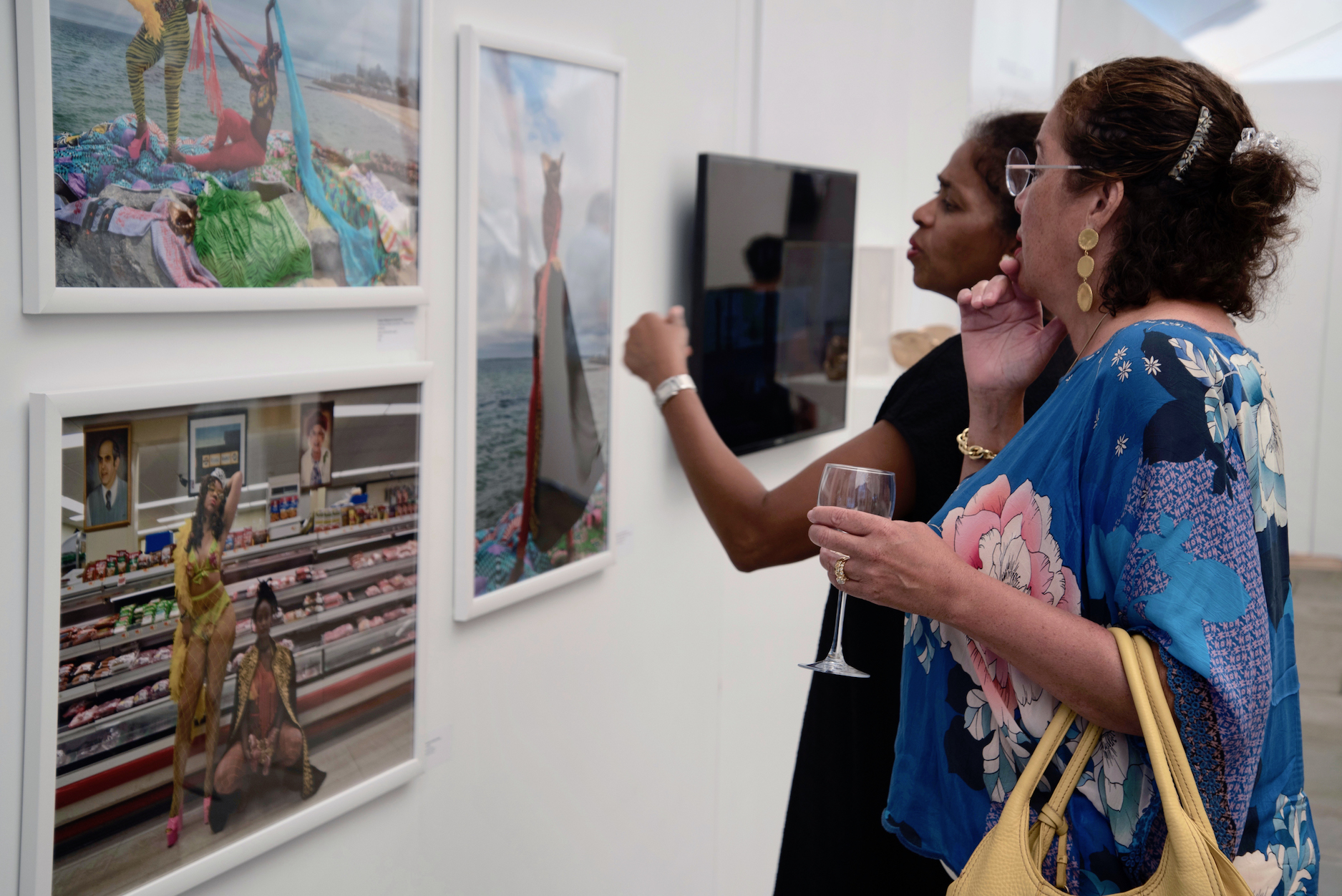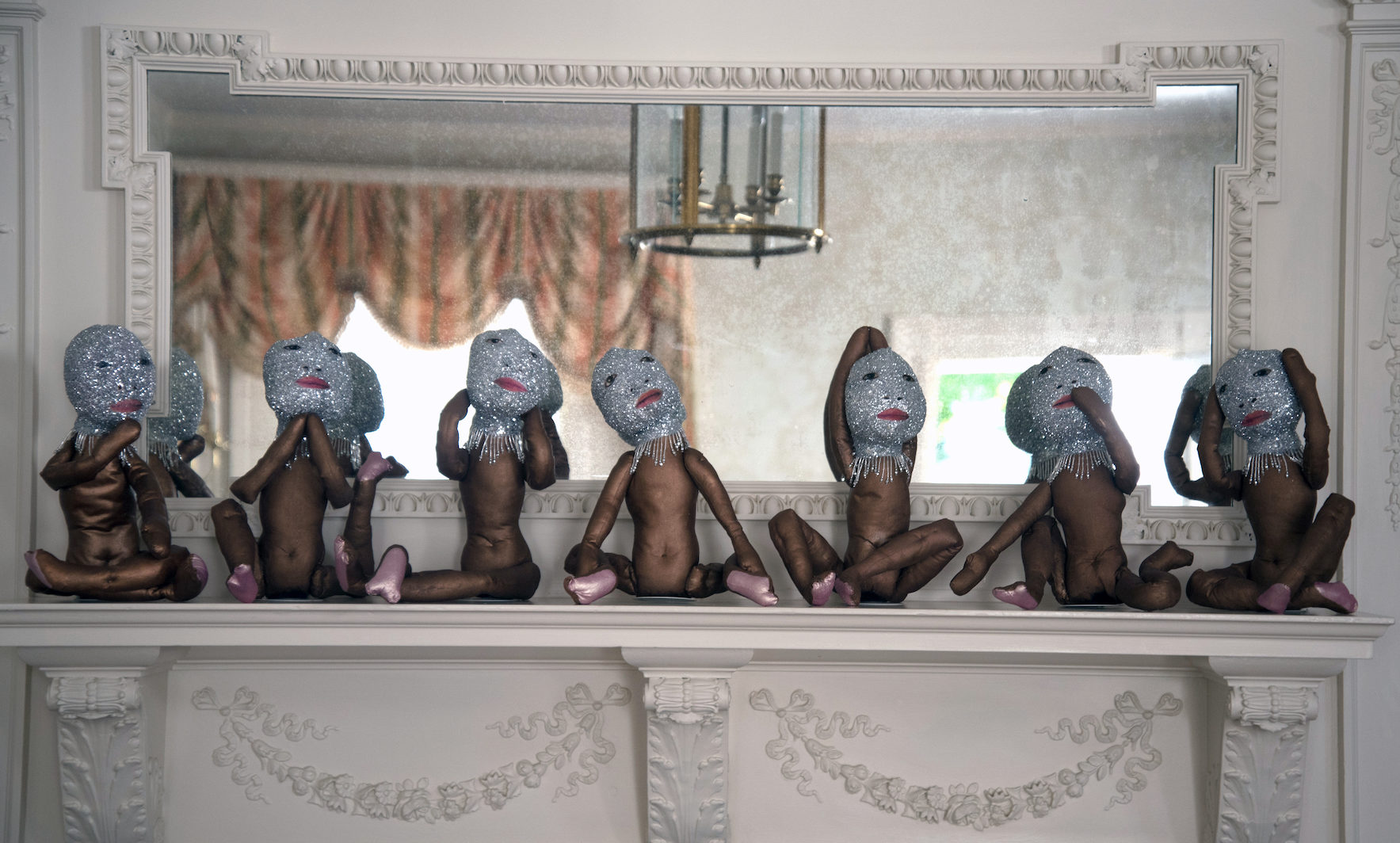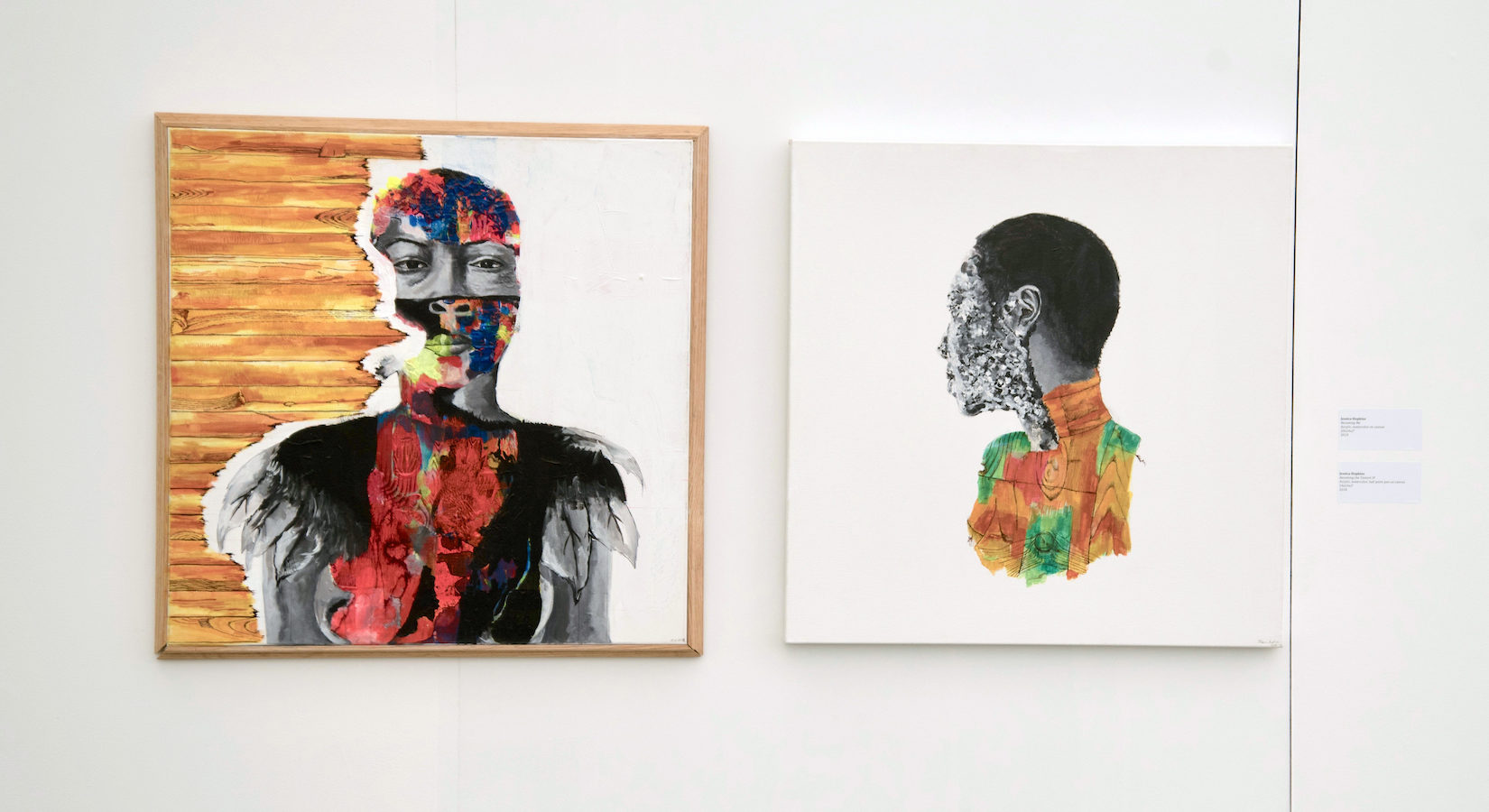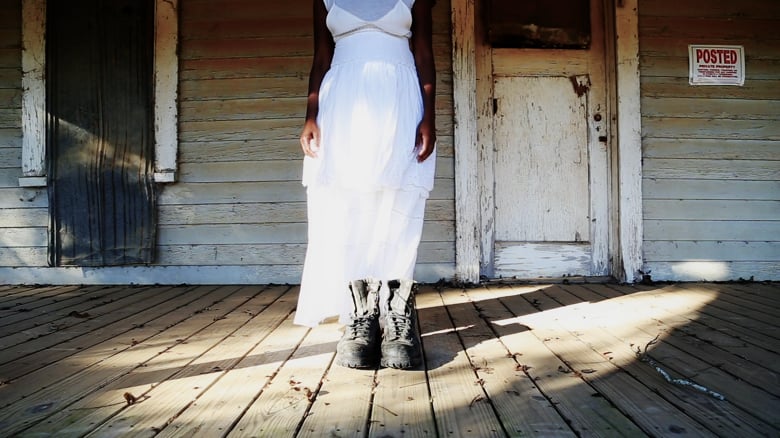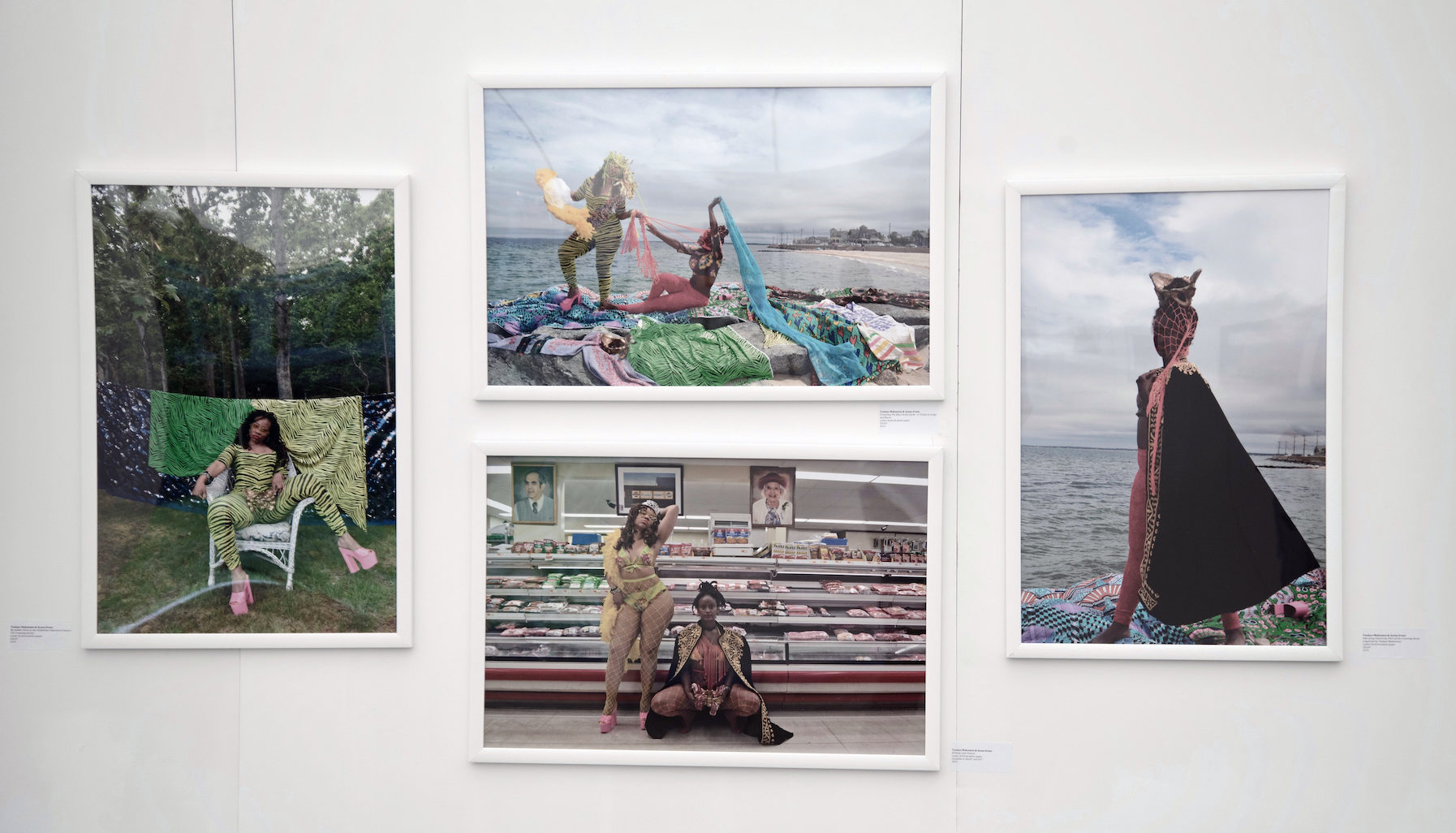Underrepresentation and pay inequality has long been pervasive in the art world—something that until fairly recently (perhaps in the last decade) has started to slowly shift. Lately, there have been more fine art institutions dedicating large amounts of their resources to those that have been marginalized. Of note: the Museum of Modern Art had a showcase on black filmmakers called “Black Intimacy” in 2017, the Tate Modern mounted “Queer British Art” that same year, and, most recently, the Baltimore Museum of Art has dedicated a year’s worth of programs completely devoted to women artists. Even so, the path to full equality has yet to be paved.
“Black female artists are not included—they are sidelined,” says Jessica Stafford Davis, founder of the Agora Culture, an organization that connects collectors with contemporary artists. “It is documented that they receive less compensation, less number of shows, and less gallery representation. They often do more for less.”
To right this systemic wrong, Davis created Art on the Vine, an annual, three-day art exhibition on Martha’s Vineyard, Massachusetts that gathers dealers, curators, and appreciators in a venue that celebrates artists of color, with the 2019 edition focusing on black women in particular. The showcase began five years ago after Davis observed how there was a lack of diversity in the island’s art scene. “The work I do with the Agora Culture is to take the culturally curious and teach them how to navigate the fine art world,” she explains. “It seemed like a great fit to create a space in real life that would allow people to see the work, and attend educational programs where they can learn, acquire and join a community.”
